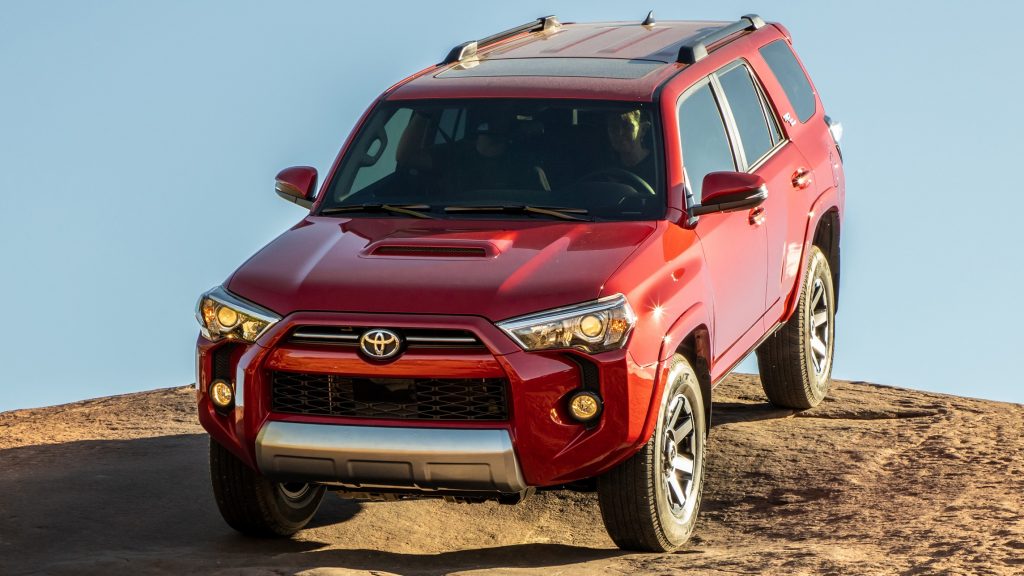Some cars drive their front wheels, others the rear ones, and others use both. Here, we explain all the differences between those systems

Even if you are not a car fan, I am sure you have seen at least one of the acronyms above. They appear in TV ads, they are major sales arguments, and they fuel intense chats among car enthusiasts. You might not know what they mean yet, which is different. In that case, let me start with your answer: those are traction systems. If you want another one, it will be a no: none of them is absolutely better than the others.
Also named “wheel drives”, these systems imply choosing which axle(s) the engine is going to power. The reason there is not a supreme option is that each one provides specific characteristics in terms of the car’s dynamic behavior. In this article, we are going to show the core differences between those three systems and a brief comparison according to key criteria. This topic will never cause confusion in you again!
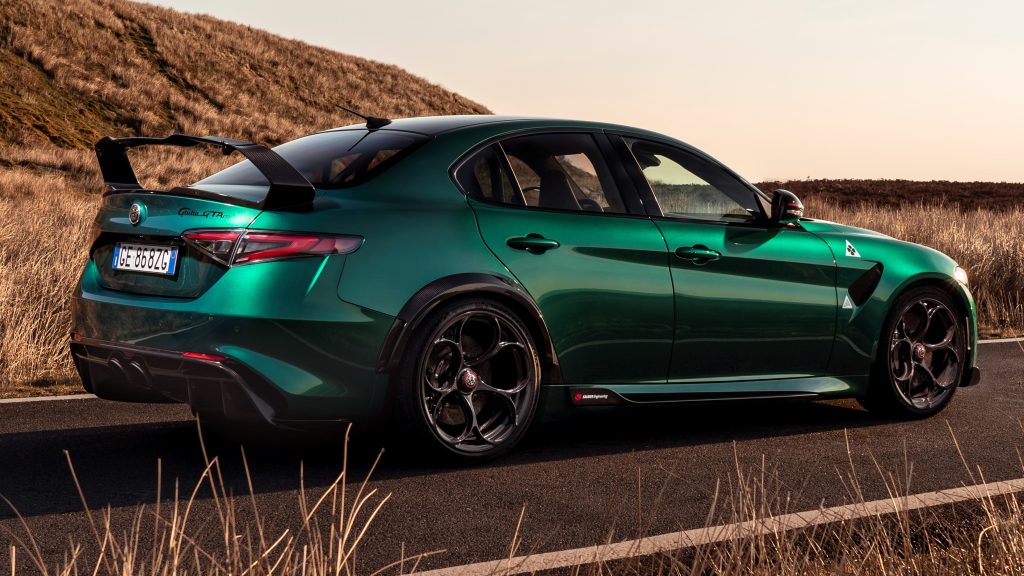
Tell me about traction systems!
In essence, they are the mechanism that connects the engine to the wheels. Front-wheel drive means that it is connected to the front axle while rear-wheel drive implies a connection to the rear wheels. All-wheel drive, in turn, means both axles get traction. And just so you know, “4WD” is another common name here. It means “4-wheel drive” and, as you may have already figured, means essentially the same as the AWD.
At first glance, it is more efficient to keep the engine and the driven axle on the same end. That is, using FWD with front engines, or RWD with rear engines. Either option makes the mechanical chain as short as possible, which minimizes the sources of energy waste. RWD with a front engine is common in luxury and performance cars because the layout’s dynamic characteristics far overcome that efficiency problem.
When it comes to AWD, it is naturally less efficient because the engine must power more wheels. There is higher energy demand, more sources of waste, and driveline windup. The latter is the (negative) effect of the wheels of one axle rotating at a different speed than those of the other axle. Before we proceed to the differences between the three drive systems, let us clarify the particular characteristics of each AWD type.
AWD, 4WD: what is the difference?
Part-time AWD is common among old off-road models. The driver had to manually engage the secondary axle in the traction system whenever they needed. Until the 1990s, the most usual solution was through a knob on each non-driven wheel; the driver had to stop the truck and exit the cabin to make that change. The biggest problem here is that windup; AWD was only recommendable for surfaces like sand or mud.
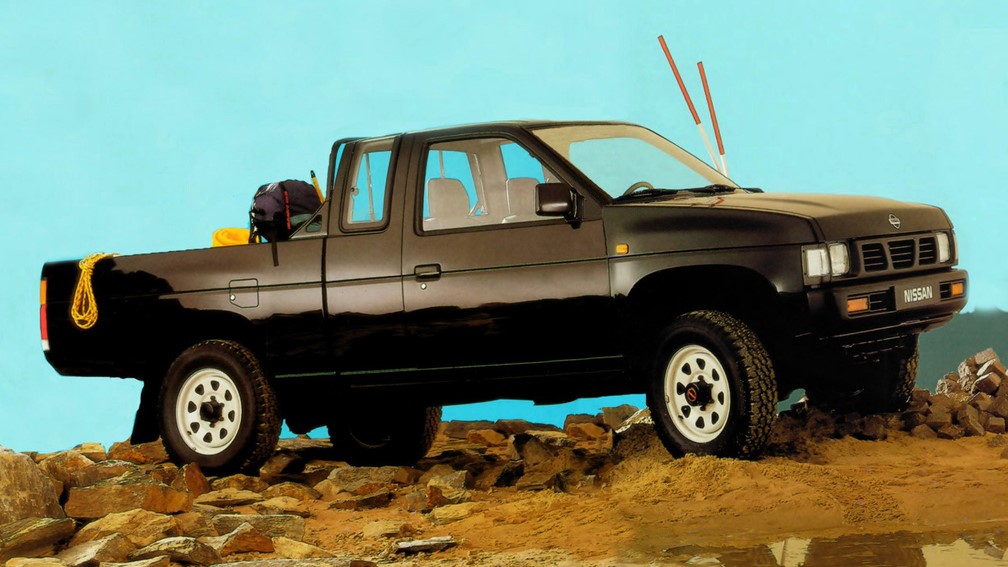
Full-time AWD avoids that issue by adding a central differential. In other words, while regular differentials balance wheel spin on each side of one axle, the central one balances the spin of both axles. This way, it is possible to use all-wheel drive all the time without incurring driveline windup. The main argument against this system is that the whole installation is too expensive for cars without a huge off-road purpose.
On-demand AWD is the youngest of those options. By using electronic systems, it operates primarily as a 2WD system (whether front or rear-based). However, it can send part of the available engine to the other axle according to the demand. This way, the whole system works more efficiently on smooth surfaces and resembles a traditional 4WD when it is time to overcome low-grip surfaces. It is a favorite in the industry.

Which traction system is the best?
Now that we have covered the basics, we can safely say… the same as before: it depends. Just like almost everything in engineering, to be honest. After all, it is not only a matter of selecting the most capable one. We must balance their pros and cons, and that leads us to understanding that each traction system has a most favorable field of application. That is why one, either of them, has never superseded the others.
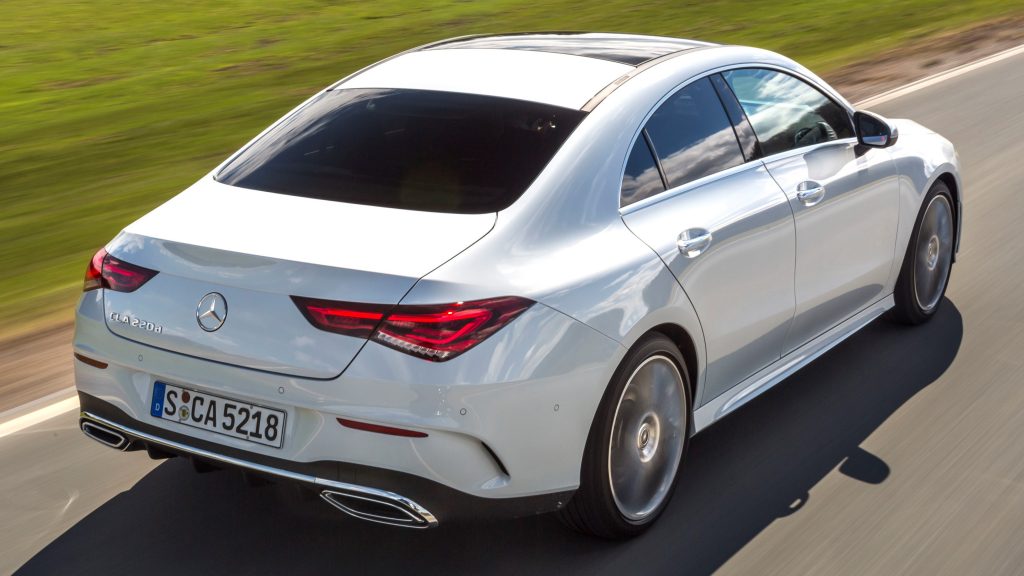
In practice, automakers interpret the car’s purpose and target audience. They cross-analyze that data with their estimated budget, and ultimately decide which of those systems is convenient to offer, whether as a standard item or an option. The typical procedure is to develop the base project with either FWD or RWD then add an AWD option if needed. There are exceptions, of course, but we will go through them later.
Over the past few years, automakers have used the optional AWD to, precisely, counter the shortcomings of the base system. Honda, Toyota, and others use it in urban cars available in snowy regions, for example. Mercedes-Benz and its direct rivals, in turn, apply AWD especially to the sporty versions of their base cars because their platforms use FWD. Therefore, we can also identify a marketing influence on the topic.
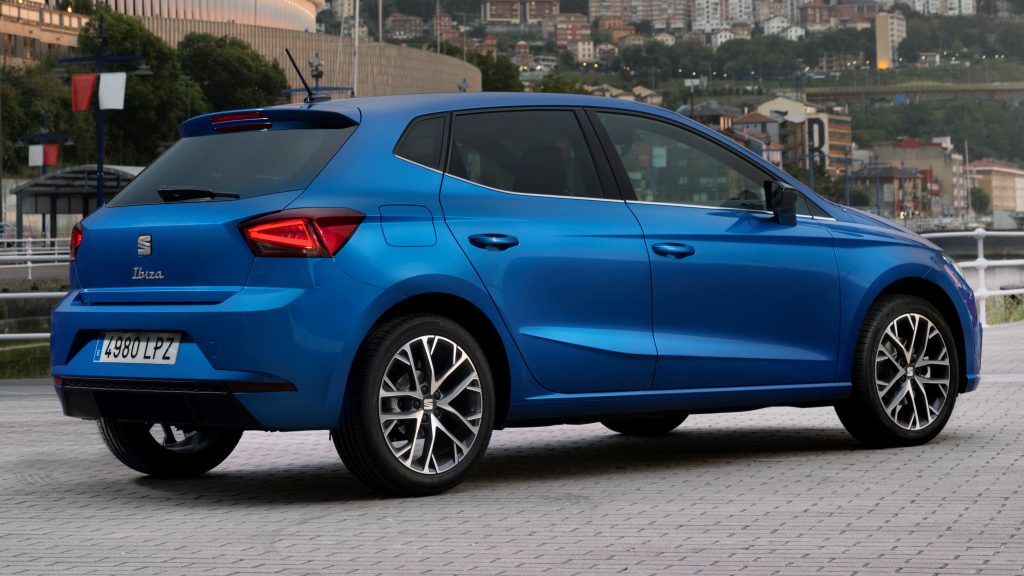
FWD is the best for low cost
As mentioned earlier, using everything in the same place is cheap and efficient. Front engine has become the norm for city cars because it leaves as much room as possible for people and their baggage. Besides, it contributes to an aerodynamic design. Having that in mind, it was only natural for front-wheel drive to become the norm as well. It has been popular in the generalist market segments for four decades now.
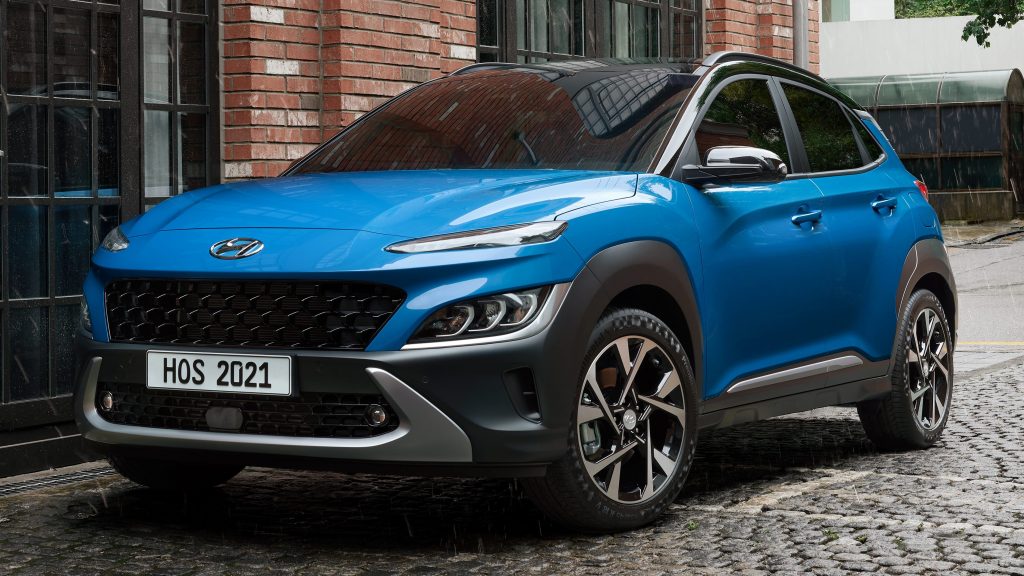
Traction capacity is directly related to the weight on that axle. FWD cars have a good start because their front axle is loaded with the powertrain’s mass. Forward acceleration temporarily shifts part of that mass rearwards, but the effect is not worrisome in these cars because they are not meant for aggressive driving. In fact, engaging in that actually worsens their dynamic behavior because it makes them unbalanced.
When you try to make a curve at high speed, FWD cars tend to “understeer”. In other words, they tend to follow the original direction rather than the curve. While it is just undesirable, it is safer than the oversteer for which RWD cars are known. As you can see everything in a front-wheel driven car with a front engine favors its city use, which perfectly coincides with the fact that this layout is common among city cars.
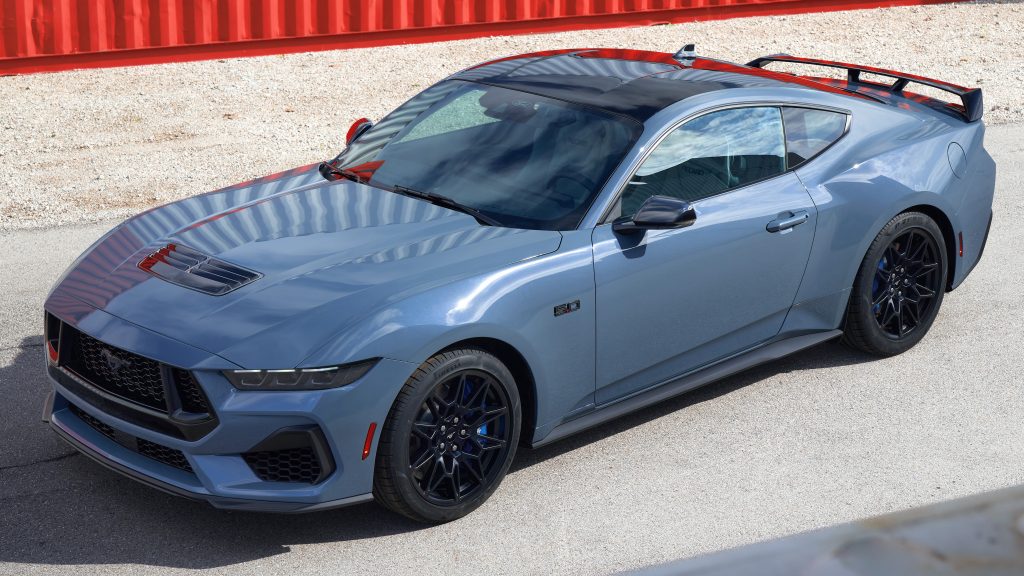
RWD is the best for enthusiasts
This is the opposite. Rear-wheel drive is a longtime favorite for people who like to drive. Motor Trend says rear-wheel drive essentially “divides and conquers”. By sending traction to the rear wheels, the front ones focus on steering; drivers feel the road more precisely. Luxury sedans apply this system to create a refined dynamic behavior while traditional sports cars resort to RWD looking for an aggressive performance.
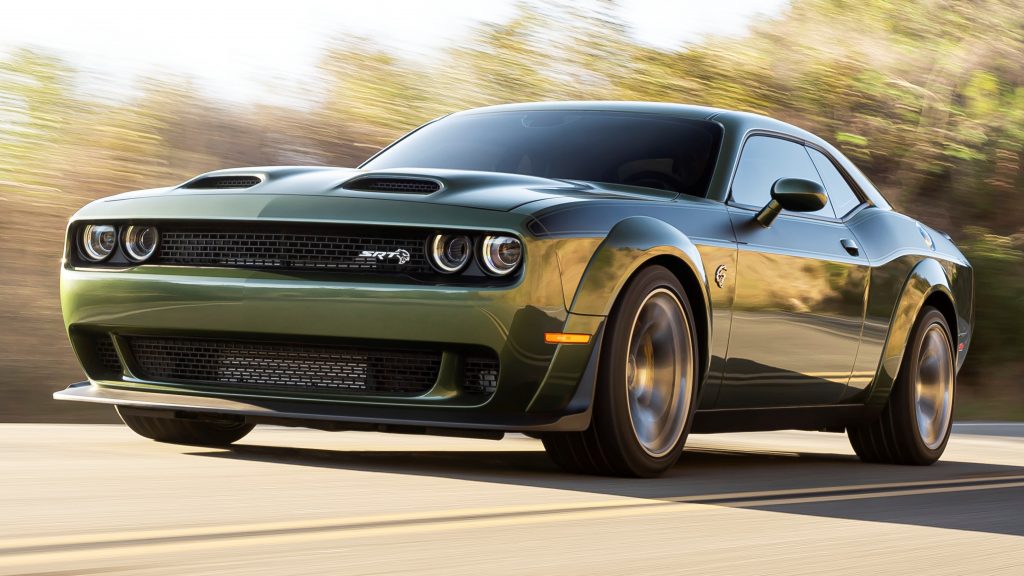
Rear-wheel driven cars are known for understeering. That is the effect of the rear wheels losing traction in a way that makes the car dive into the curve more than it should. Experienced drivers use that for drifting, where they understeer in controlled ways and on purpose. Nevertheless, it can be dangerous especially in older sports cars, where there are no electronic assistance systems to help keep the car under control.
Another typical use of RWD is in business-oriented pickup trucks. Since AWD would drive up their prices, driving only the rear wheels is interesting because they will bear the payload. That is, the higher the load on the bed, the higher their traction capacity will be. Things are different with business vans because they must offer many configurations. The easiest way to do that is by keeping engine and traction up front.

AWD is the best for performance
Now, if you like cars even a tiny bit, you will remember that the AWD and 4WD acronyms became famous in off-road use. Earlier systems forced you to step out of the car and manually engage the secondary axle, as mentioned. Nowadays, all you have to do is press a button on the dashboard and the vehicle does it. In fact, modern ones do not even need that; they continually adjust how much traction goes to each wheel.
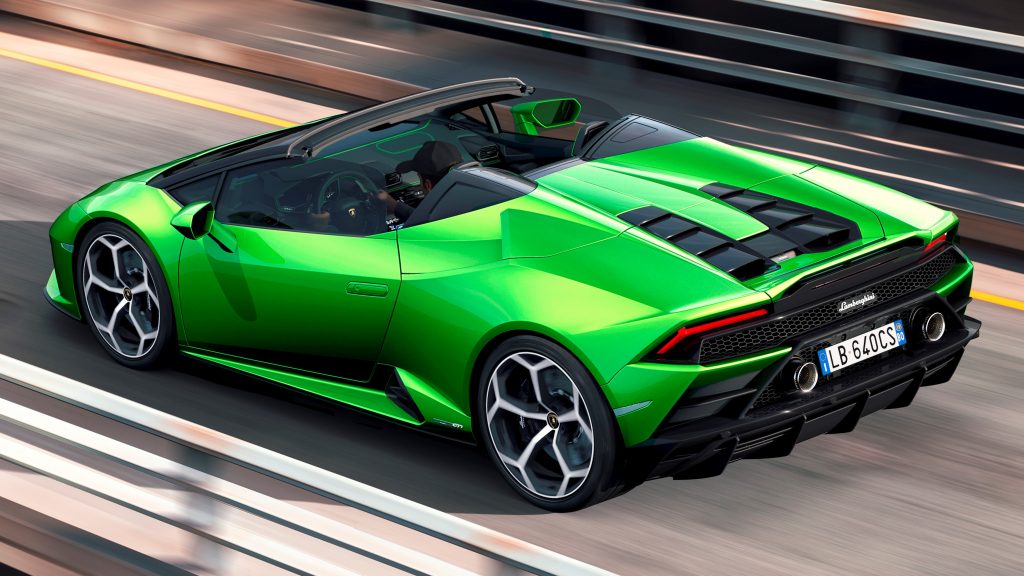
Another common use of AWD is in hypercars. Their goal is to reduce wheelspin at the initial acceleration, and to keep understeer to a minimum. They are concerned with delivering optimal lap times and perfect handling, so the maker needs to sacrifice classic driving enjoyment. In those cars, it is also common to set the engine in a central position, behind the seats. That plus AWD are excellent for weight distribution.
Modern systems help in both scenarios because they have electronic control. They work together with the car’s traction and stability controls to intervene in each wheel as much as it needs. While purist fans claim that such interventions get in the way of driving enjoyment, their safety benefits are impossible to ignore. Cars need appropriate tires in both cases to get maximum traction, but that is a whole different topic.
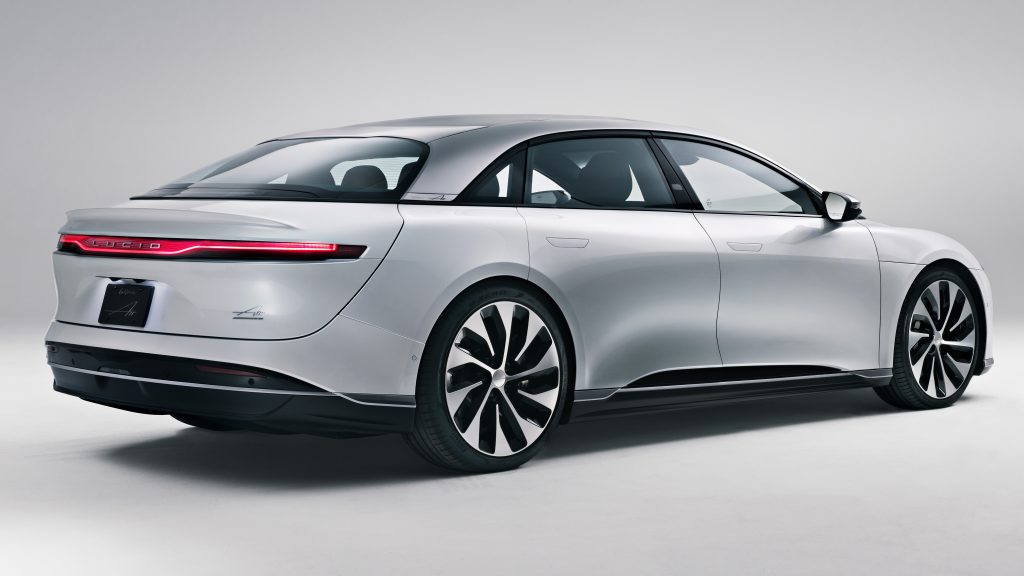
Do EVs have different traction?
Electric propulsion does not change how wheels receive energy and interact with the ground, but it does change how to offer traction systems. To keep it short, automakers are using several small motors instead of a big one. By making each one power a different axle, or even an individual wheel, going from RWD to AWD is a matter of activating all motors available instead of just half. The concept is as simple as that.

Now that these systems are becoming popular in the market, companies are toying with new possibilities. The upcoming Chevrolet Blazer of this article’s first picture, for example, will offer the three traction types according to the trim level. The Lucid Air above, in turn, offers either a single engine with RWD or a dual-engine layout with AWD. We can expect combinations like those to become more common over time.
As you can see, traction systems are a key component in automotive dynamics. One can dive into details as much as they want, of course, but we hope that this page has given you an initial understanding. After reading it, you should be able to interpret what to expect from each car type and how each traction type interferes in their behavior. Stay tuned on AutomoBible; we will write about other topics like that soon!

